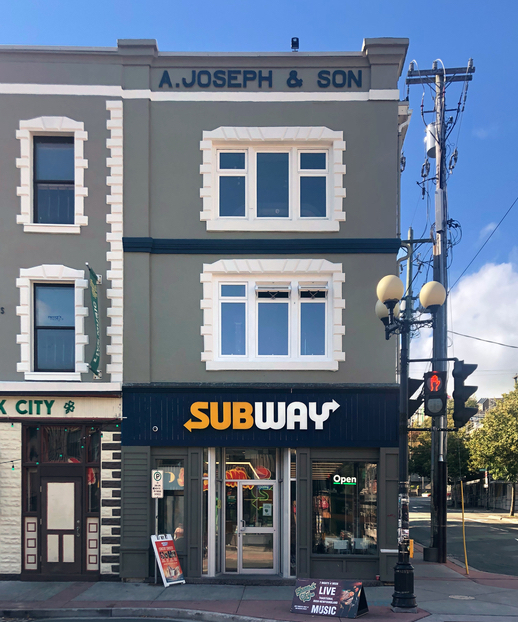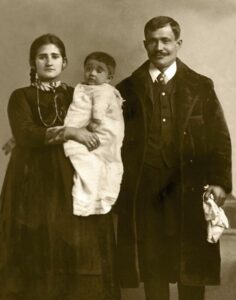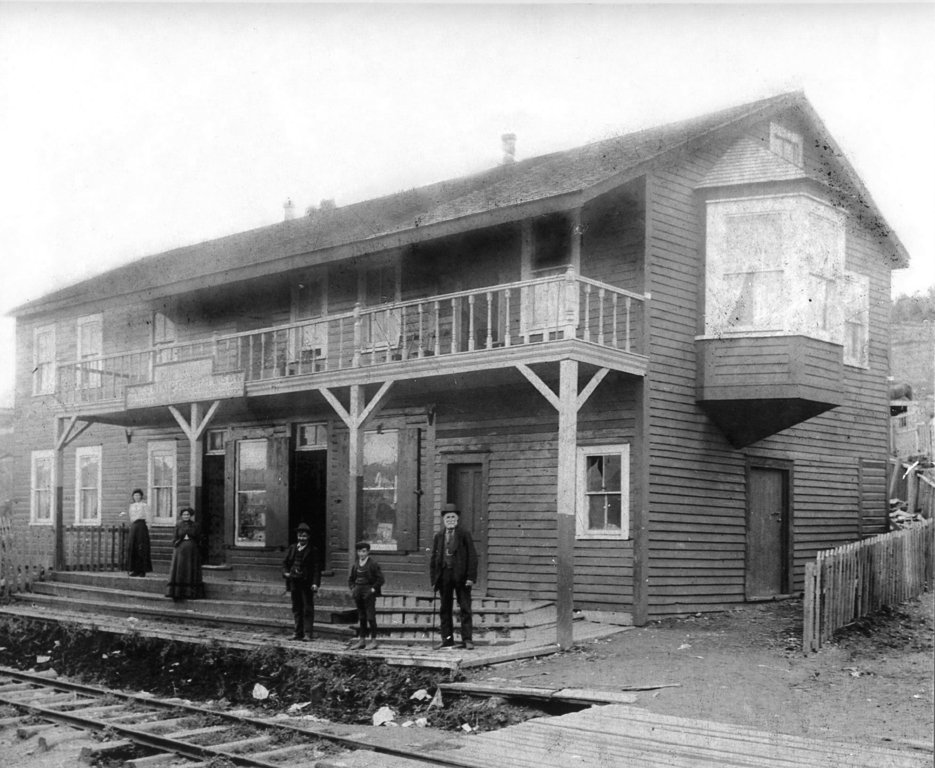Jewellery and Fancy French Goods: Antonio Joseph
For the past 110 years, the building at 338 Water Street in St. John’s has stood remarkably unchanged. It is located at the gateway to the city’s current entertainment district, at the corner of Water and Adelaide Streets. It is a three-storey concrete structure, proudly bearing at its cornice the inscription “A. Joseph & Son, erected 1912.”
Few people today would know the identity of the builder and owner. Fewer would guess that he was a Lebanese immigrant. His name in his adopted country of Newfoundland was Antonio Joseph (1859-1913), but his last name was listed as “Chalate.” Antonio and his wife, Marie Gaultois, were among the first of the Lebanese to come to Newfoundland during the mid-to-late-1880s. Their only child, Dufie Joseph (1892-1965), was born in February 1892.
Antonio’s first business was on New Gower Street, selling “full lines of Jewellery and Fancy French Goods.” He travelled often for business. He was a confident businessman, and a colourful personality within the Newfoundland Lebanese community. In a 16 May 1906 letter to the editor of the Western Star, written in the defence of the Lebanese immigrants, he wrote:
Some of us have been in this country seventeen years, and our own pluck and perseverance placed us in the positions we occupy today. It is true we have earned money here; but we have not kept it in the “stocking.” We have made investments in mining properties, oil wells, the fisheries, lumbering concerns, and many other colonial enterprises.
He moved his primary business operations to Western Newfoundland around 1899. In Humbermouth, where the Newfoundland Railway line had been completed in 1895, he built a large and successful hotel, called the “British North American Hotel.” He ran these with his wife and son until his early death on 31 May 1913 at the age of 55 years.
The Evening Telegram reported that “he was the pioneer of the Syrian Colony in Newfoundland and was a man widely known and highly respected.”
As the inscription on the 338 Water Street building shows, construction finished on the building the year before Antonio’s death. The building stands as a lasting legacy to his name.




